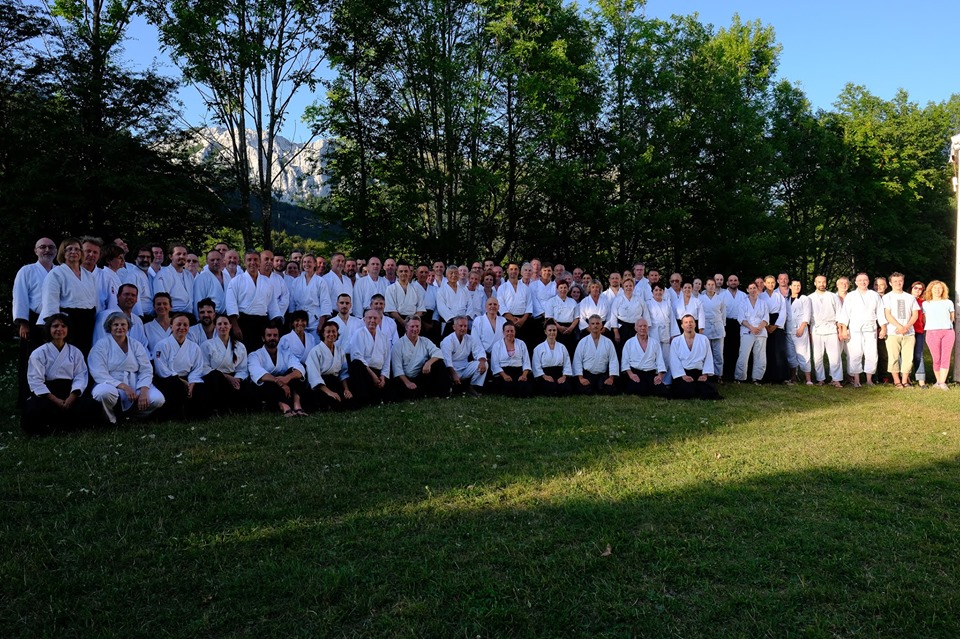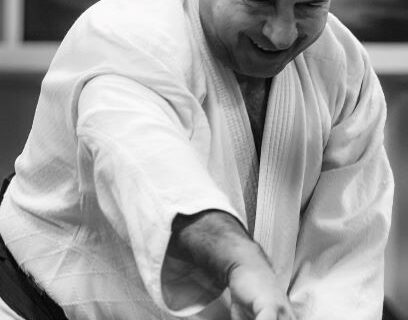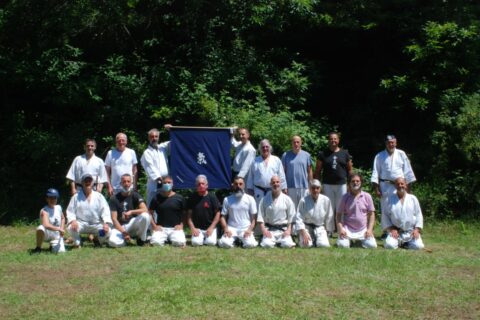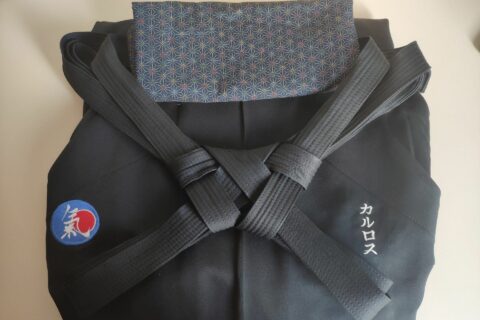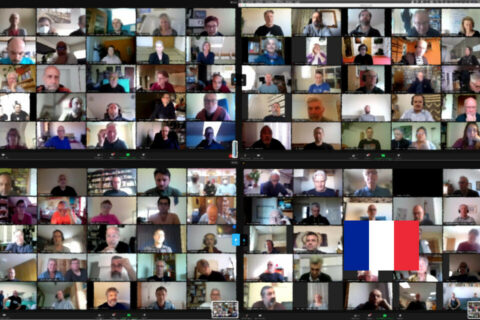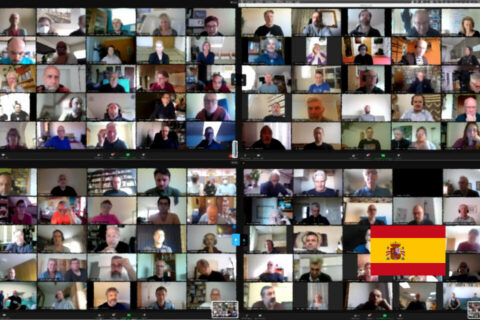A couple of words about the seminar
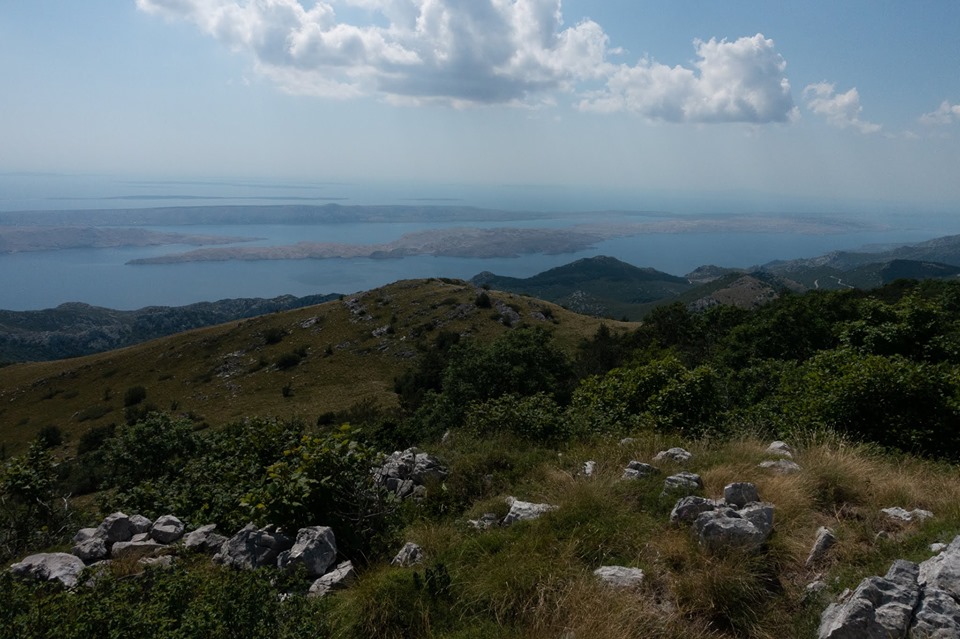
Velebit Seminar is no ordinary seminar, indeed it’s correct to say that in the actual landscape of aikido events it’s quite unique.
First of all it takes place in a very peculiar spot, during the practice you are at 1,000 meters of height, surrounded by mountains rising in a breathtaking natural reserve, at the meantime you are close to an immaculate deep blue sea.
Another reason of uniqueness is that it’s one of the last true intensive and long seminars with the Doshu still standing nowadays.
It’s a shame that the 5 days seminar format is not so common anymore, because they are a great coordination and updating moment for instructors and enthusiasts as well. These kind of seminars give you the chance to get an organic vision of the path that our Doshu is leading us to. That kind of consistency and completeness can be quite difficult to achieve in shorter seminars, where usually you can at best try to focus on few aspects and quite often the time available is absorbed by exams preparation.
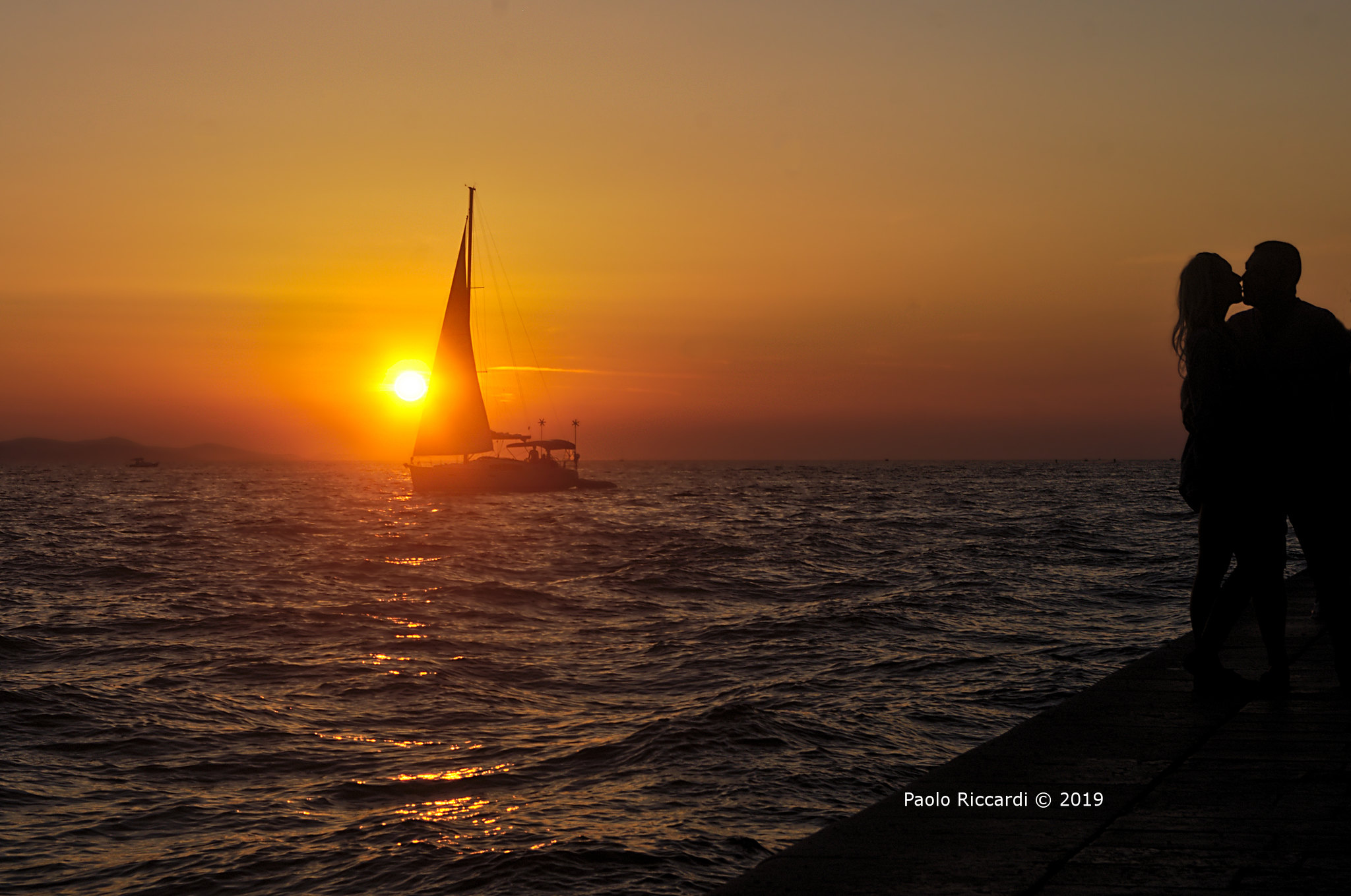
The chance to cover the whole landscape and to set up clearly the context and the goals of what we’re going to practice in every single lesson throughout the whole seminar can give great clearness. Furthermore you have the time to practice and dive deep inside every technical detail. You have time and space to work on your stuff and really clean up and tidy up, which are not the same thing, as Doshu explained.
As a result when the seminar is over you take away with you a huge backpack of raw materials to polish and to work with but even more, you have clear and precise directions for the exploration and exploitation of those materials. I can say that there was enough for me in these 5 days to set the next months of work at my dojo.
Aikido in real life
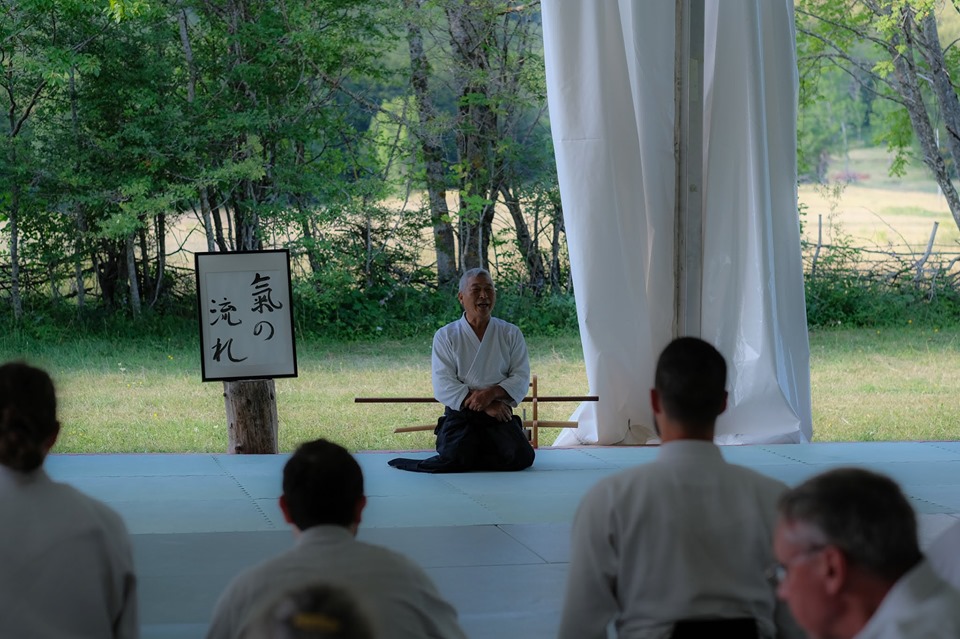
During the seminar Sensei confirmed that his work on Aikido in Dojo is to be considered concluded with All of Aikido and that its natural evolution will be Aikido in real life, which has been explored since the last few years.
This does not mean that Aikido in Dojo has become useless. On the contrary, it is foundational in order to develop technical, physical and mental abilities that will enable us to work on the Aikido in real life which, on the other hand “should not be used to practice regularly in the dojo” to put it in the words of Sensei.
The practice inside the dojo is paramount to build a technical baseline and a set of abilities that will be necessary to real life Aikido, but anyway the first step will always be focusing on self improvement, even practicing alone, Sensei called that practice Shugyo.

From the point of view of Aikido in real life a technical element of great importance is tehodoki, in japanese the ability to free from hold.
If you examine this practice in other martial arts you will find it mostly focused on the reaction to the attack, designed as a defensive movement coordinated most of the time with atemi, joint locks and throwings.
In our case it seems that the meaning of tehodoki is quite different. Freeing from hold is first and foremost a basic human right that we can freely apply (unlike throwing), then it is something that allows nage to change the attacking mind of uke, enabling an escape from the dangerous situation or nullifying completely the attack that will end without causing damages or harm.
During the seminar we saw many applications of tehodoki starting from different situations and different holds, the same holds that we study in all the tsuzukiwaza included in the Aikido in the dojo. We also started a work that challenges nage to be more pro-active towards uke, studying applications of forms like koteoroshi, nikkyo, ikkyo, sankyo and so on, in absence of a specified kind of attack.
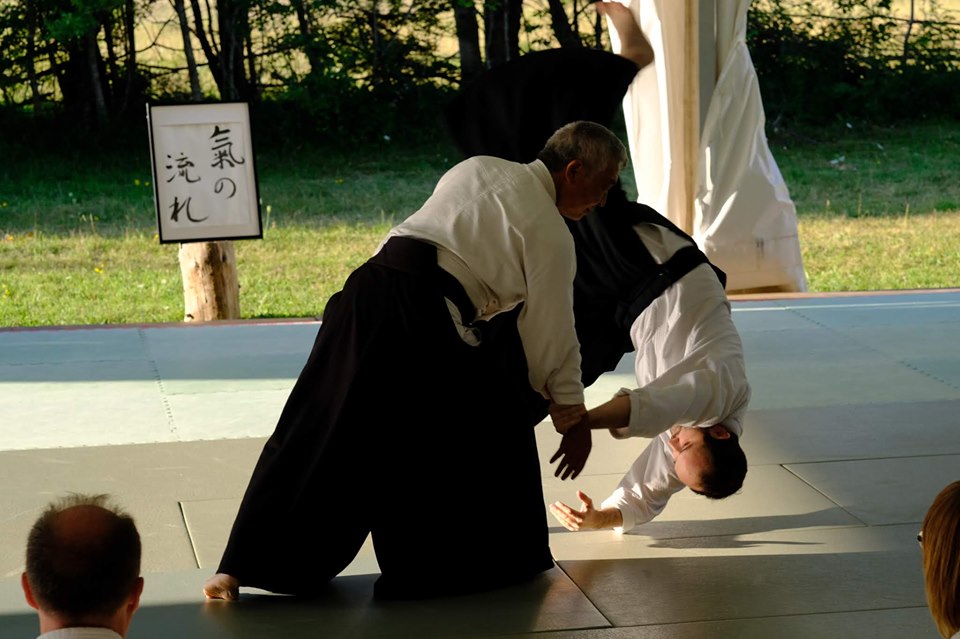
I would like to stress this concept a little bit more, I don’t think that the purpose of this work is just to avoid rolling just to save the knees of aging or aged practitioners, or to obliterate our beloved tsuzukiwaza canon, but instead I think that the purpose is to develop a wide set of tools and skills that will allow us to create, for real, a situation such that the attack will not grow and develop” as we used to say not so many years ago.
Walking this path through the Aikido in real life we had the chance to dive deep into some of Sensei peculiar teachings.
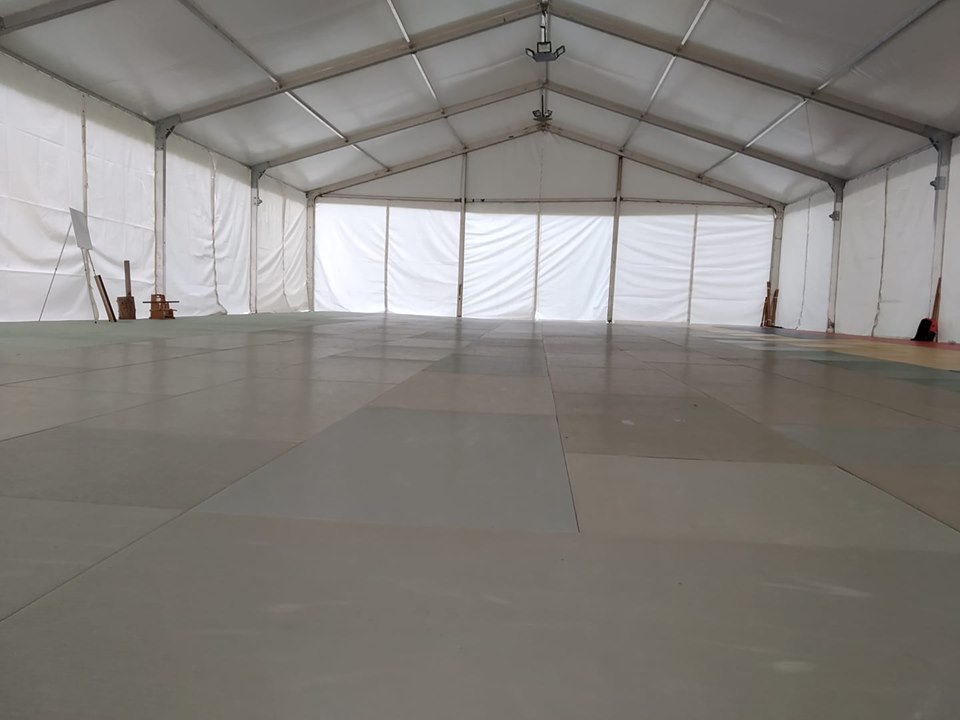
For example Sensei explained that being thought-less in meditation doesn’t mean being without thought point blank, but instead generating only new thoughts without holding grip on old thoughts or fueling them. This is of primary importance, since creating new thoughts is necessary for creating new imagination, and new imagination is necessary to create new and better future for us and for everybody. This is what we call a positive mind.
The natural conclusion of this philosophy (or should we say mathematics?) is that everybody should imagine their own future. Furthermore we should imagine the future of our human network of beloved ones, arriving to the point of preparing in advance for our death to avoid confusion and problems to those that we leave behind after the passing.
Listening to his lessons and even his tales (e.g. the one of the young samurai in charge of the building of an aqueduct) it looks like Sensei is thinking a lot, expecially in the last few years, to the future of our School. No coincidence that one of the key elements that he’s working more with is the importance of cooperation both inside and outside the tatami.
He spoke about the necessity of collaboration and mutual helping and sayed that often the helper receives more benefits than the helped. I resonate a lot with this concept expecially when it comes to Aikido because I think I owe a lot of my phisical and mental abilities as uke to the years spent doing uke to Adriano, a disabled person who is a long time aikidoka in the kidojo.
I would like to close this report with my gratitude to the many people that worked so hard to give us this wonderful seminar and that managed to make us feel at home and welcomed anytime.
Hvala!
